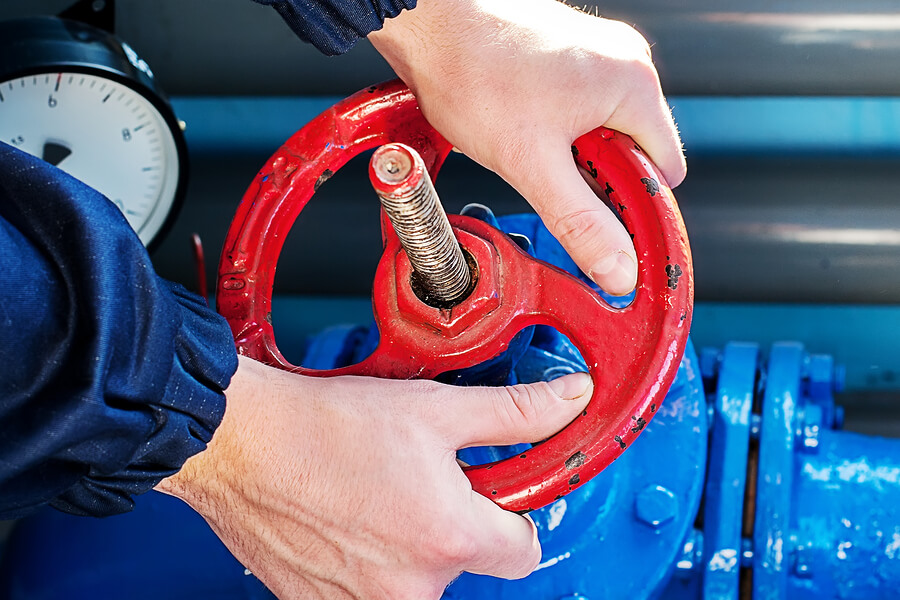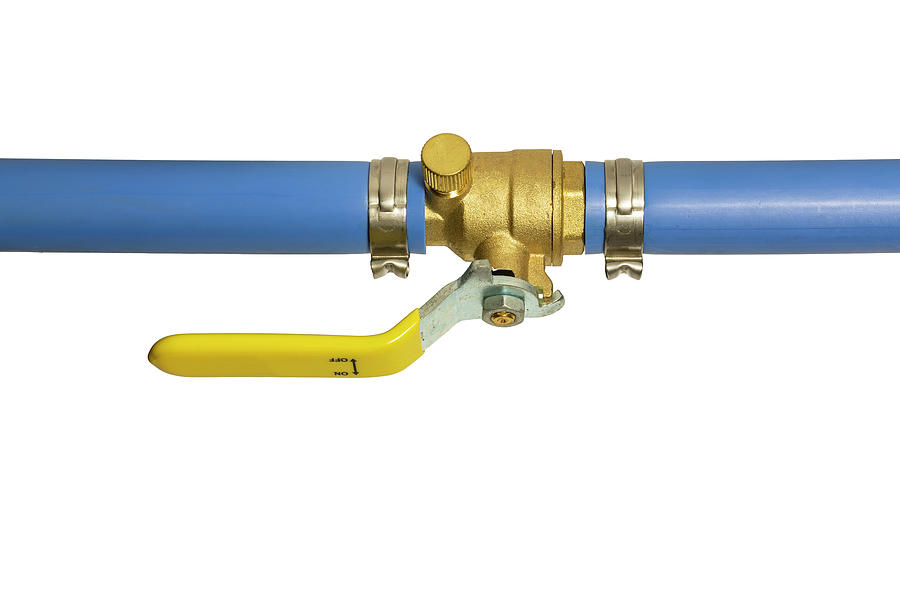Understanding Valve Location: Why It's Crucial to Learn
Understanding Valve Location: Why It's Crucial to Learn
Blog Article
How do you feel on the subject of 3 Shower and Storm-Proof Steps For Your Home ?

The plumbing system of your home is a complex network of pipelines as well as shut-off valves. In the occasion of an emergency, you can reduce the water making use of the shutoffs.
Why Must I Fret about This?
Specialist servicemen will close off these shutoffs when there are repair work in local lines. As an example, your washroom sink is malfunctioning, so you can readily locate the shut-off shutoff underneath the sink. Nonetheless, for significant leaks, you need to shut the mainline shut-off valve. If you will be away for trip, it is additionally great practice to transform this off.
The longer you wait to shut the shut-off valve, the more substantial the damages will be. You may not have adequate time to figure out exactly how to close the valves when you're worrying in the middle of an emergency.
What Does the Shut-Off Valve Look Like?
This is typically a handle that allows you to shut off the water for a certain device, a local area (for instance the whole second flooring), or for the whole property. It is vital to understand where these valves are, so when something surface in any kind of location of your house, you can shut it right now. This will certainly help you stay clear of considerable water damages that will set you back thousands to fix.
Where are These Located?
Your best bet is to call a water repair services business for guidance. If you have a rather moderate-sized home, try looking for a knob or bar.
Normally, building contractors install the valves near or within the main, ground-floor washrooms. The shutoffs are supposed to be visible, some choose to camouflage them for aesthetic reasons.
When to Call a Specialist?
Ought to the previously mentioned hold true for your localized valves, you have nothing else option however to shut off the main water line, reducing the source of water in your entire house. Then call the plumber to evaluate the problem and also shut off the shutoff in that location just so you can make use of the rest of the plumbing in various other areas of your house.
Keep in mind, these shutoffs are lifesavers and essential for any kind of plumbing repair work. In the event of a plumbing emergency, shut down these valves to protect against issues that call a trustworthy water damage remediation supplier.
The plumbing system of your home is a detailed network of pipes and also shut-off valves. In the occasion of an emergency, you can reduce the water making use of the valves. The longer you wait to close the shut-off shutoff, the more comprehensive the damage will certainly be. It is essential to know where these shutoffs are, so when something crops up in any location of your home, you can close it right away. In the occasion of a plumbing emergency, closed down these shutoffs to prevent issues that call a credible water damage reconstruction carrier.
How to Shut Off Water Valves
The Shutoff Valve to the Water Supply for an Individual Plumbing Fixture
To stop the flow of water to a specific appliance such as a sink, check the pipes for the nearest valve; it will likely be made of chrome and located directly below the fixture. Many showers and sinks have two valves for hot and cold water respectively, so make sure to turn them both off. Appliances like dishwashers, How to Shut Off Water Valveswashing machines, and refrigerators sometimes have switches, rather than valves, on the hoses connecting them to the wall. Water heater valves are usually located on the pipes above.
When it comes to which way you should turn the valve, keep in mind the old saying “righty tighty, lefty loosey.” In other words, turning a valve clockwise, or to the right, will restrict the flow of water while turning it counterclockwise, or to the left, will allow water to flow. If you have trouble turning the valve, wear a work glove to get a better grip, or use a wrench. Once you turn all of the valves clockwise as far as they will go, the water supply should be successfully shut off.
Before you start making repairs, have a bucket nearby so that you can drain any water that was left over in the pipes. After you finish the job, turn the valves counterclockwise as far as they will go to restore the water flow.
The Shutoff Valve for the Main Water Supply to Your Home
The first step is locating your main shutoff valve. You probably have a brass valve with a round handle near the area where water enters your home. It could be located in your kitchen, a utility closet, a downstairs bathroom, or even on an outside wall. Turning the valve clockwise as far as it can go should shut off all of the water fixtures in your home; however, you’ll need to turn on all faucets to empty any water left remaining in the pipes. Let your sinks and showers run until all water flow ceases, and then turn all faucets to the off position. After finishing your repairs or installations, turn the main valve back counterclockwise.
The Shutoff Valve for the Water Supply to Your Entire Property
Before you do anything, call your water company and ask for permission to access your street shutoff valve. If your home’s main water valve fails or needs replacing, you must turn off the water supply to your whole property before attempting repairs. You’d also need to do this before trying to fix a leak in the pipes connecting your home to the street valve. The shutoff valve for the property is usually located in the same metal box that contains the water meter. Remove the box cover and look for a handle; you might need a long wrench to reach it.
Different cities have different types of street valves. Ball valves have long, thin handles while gate valves have more rounded handles. A ball valve handle will usually be aligned with the pipe while open; turn it 90 degrees to the right to turn it off. Gate valve handles should be turned clockwise as far as possible to stop the water flow.

Do you appreciate more info about 3 Shower and Storm-Proof Steps For Your Home ? Leave a remark below. We'd be delighted to find out your reactions about this review. We are looking forward to see you back again in the near future. Do you know about anybody else who is interested by the topic? Please feel free to share it. I recognize the value of reading our article about 3 Ways to Defend Your Home for Possible Water Damage.
Effective fix? Call! Report this page